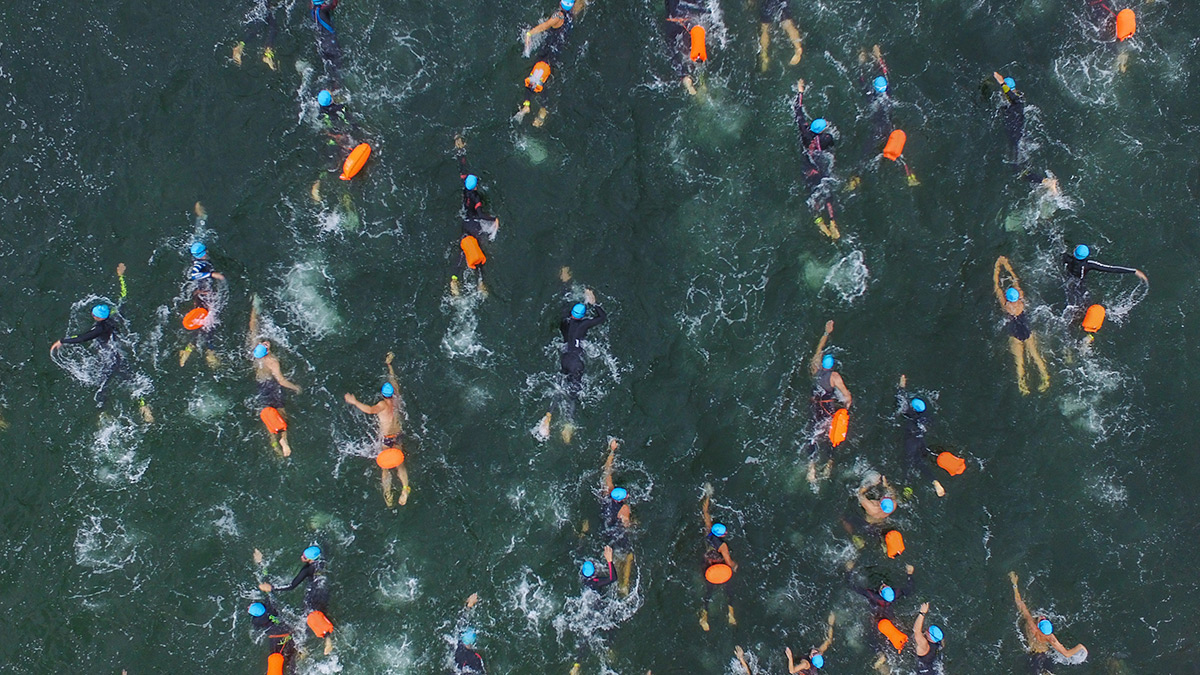Committing to training for an triathlon is a big decision, and then there’s the next dilemma: which race to do? With the increased popularity of IRONMAN, there are more and more races on the calendar to choose from. Here are some key factors to think about before clicking that “purchase entry” button.
1. Course Difficulty
Ok, there is no such thing as an “easy” full-length triathlon. No matter which race you choose, you will still have to swim the 3.8 km, cycle the 180 km and run the 42 km to reach the famous red carpet. However, there are some courses renowned as being more challenging than others, be it for a rough sea swim, hilly bike, or lumpy run. My advice to a newbie at Iron distance is to avoid these courses and allow yourself an easier induction into the world of IRONMAN.
2. Timing
Most people expect that there is going to be a significant amount of time involved in preparing for an IRONMAN. Typically you are looking at between six and nine months of heavy progressive training before you’ll be ready to toe the start line. And because the timing of your race date will dictate when your base and build periods will fall, you should choose your race date with your life circumstances in mind.
At the simplest level, you should expect your initial few months to be light training-wise, with the really heavy part of training to begin around two months before your race date. This is worth considering if you know you train better in certain conditions. For example, northern hemisphere folks following a 9-month plan with an October race date will find they are doing a lot of their long bikes in the summer months.
3. Weather considerations
At this stage of your triathlon career, you should have a rough idea of what conditions suit you best (i.e., do you melt in the heat? Or fall to pieces in the rain?). Check out the local weather conditions for your chosen race and see how it might work for you or against you on the day.
4. Logistics
An full-length triathlon race is stressful enough, so for your first time, it’s worth selecting a race that minimizes the required logistics to get set up for the big day.
Important logistical factors
- Your proximity to the race venue (i.e., planes, trains, or automobiles?)
- Are there direct flights to the race venue or not?
- Does TriBike Transport service the venue? This type of service can help eliminate worries about bike transport.
- Whether it is a split transition — this can add significant complexity.
5. Other considerations
- Necessity of wet suits
- Cost/availability of accommodation
- Potential for a much-needed holiday location post-race
- Whether there is a group of your training buddies aiming for the same race. Friends can provide great support for the long cycles in the base/build period, and can help divide and conquer race day logistics.
Choosing your first IRONMAN is never easy, nor should it be — it is a huge commitment! But by considering the five key points above, you are putting yourself in a better position to select a race that is the best fit for you. One further piece of advice: once you have made your decision and registered, do not second guess yourself. Embrace it and tailor your training and work/life balance accordingly — you are in for one hell of a journey!










